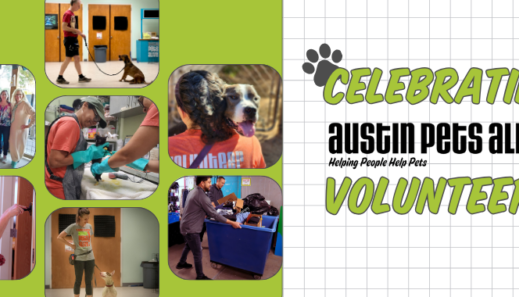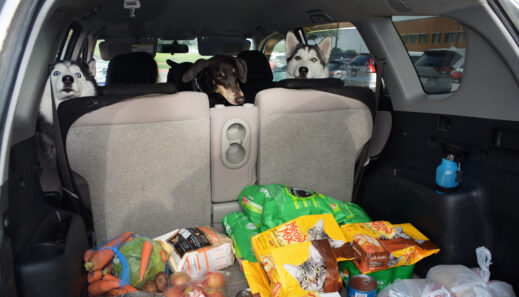
 Carrie Crowe, a volunteer baby kitten bottle feeder at APA!, knew there were feral cats in the streets around her home but wasn’t sure how she could help. One day this summer, she and her husband were thrown headlong into the wonderful, crazy world of TNR and kitten rescue and socialization when they saw kittens, the offspring of a feral mama cat, playing in their neighbor’s yard. Carrie knew that time was of the essence if she wanted to capture and socialize these kittens. What happened next is the story of how one woman went from feral cat “newb” to cat trapping/rescue expert in the space of a few weeks with the help of the internet and the advice of friends active in the animal welfare community.
Carrie Crowe, a volunteer baby kitten bottle feeder at APA!, knew there were feral cats in the streets around her home but wasn’t sure how she could help. One day this summer, she and her husband were thrown headlong into the wonderful, crazy world of TNR and kitten rescue and socialization when they saw kittens, the offspring of a feral mama cat, playing in their neighbor’s yard. Carrie knew that time was of the essence if she wanted to capture and socialize these kittens. What happened next is the story of how one woman went from feral cat “newb” to cat trapping/rescue expert in the space of a few weeks with the help of the internet and the advice of friends active in the animal welfare community. Eventually some local residents living in a nearby apartment complex informed me that they had seen the mama cat and her kittens going in and out of a hole which led to a large, open space underneath the complex. That night, I put a trap in front of that hole and, sure enough, one of the black/white kittens went right into it! That was, unfortunately, the last kitten I was able to trap from that litter but I haven’t given up, and I’m hopeful I can trap and TNR the other three if they are too feral to socialize.
Eventually some local residents living in a nearby apartment complex informed me that they had seen the mama cat and her kittens going in and out of a hole which led to a large, open space underneath the complex. That night, I put a trap in front of that hole and, sure enough, one of the black/white kittens went right into it! That was, unfortunately, the last kitten I was able to trap from that litter but I haven’t given up, and I’m hopeful I can trap and TNR the other three if they are too feral to socialize. As for what happened to the kittens, I found a home for the first kitten I caught (the grey and white one) through a friend. She is now named Gracy, and I’m told that she’s a kitten princess!
As for what happened to the kittens, I found a home for the first kitten I caught (the grey and white one) through a friend. She is now named Gracy, and I’m told that she’s a kitten princess!

